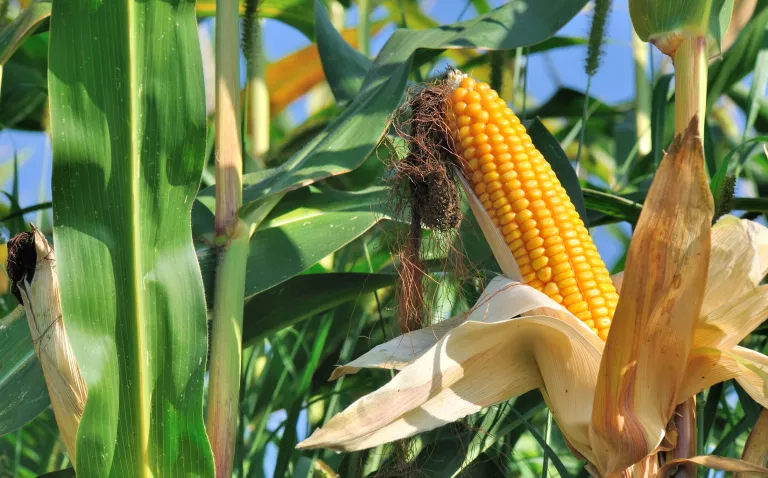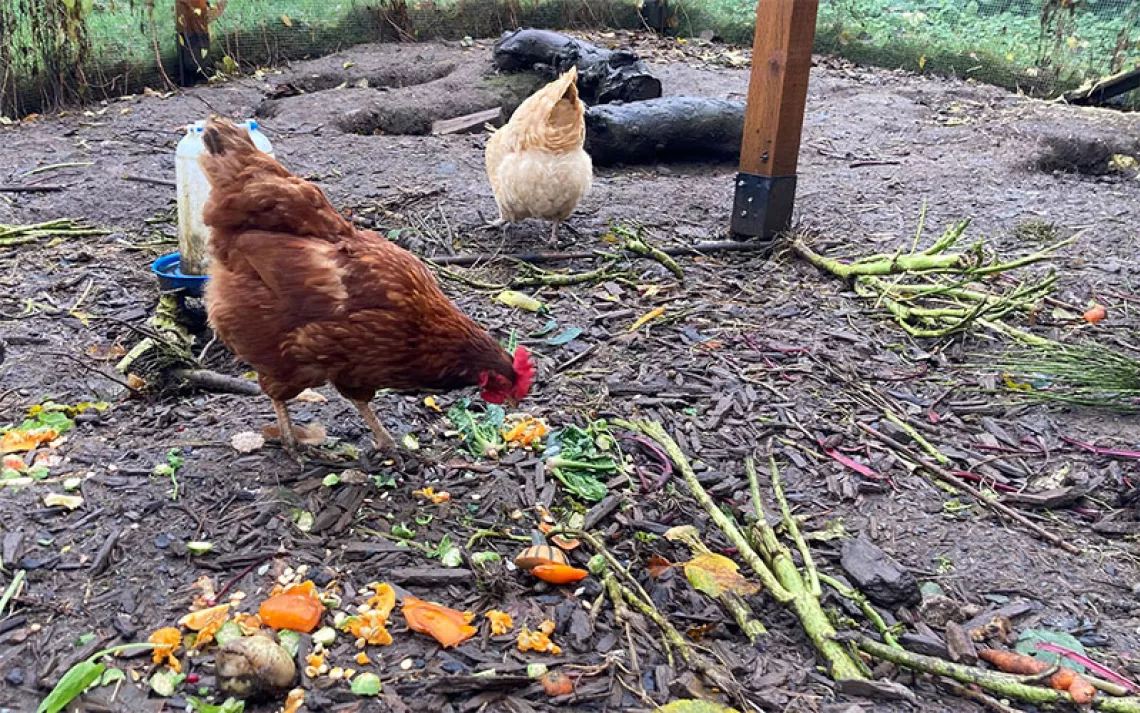Tinkering With the Tortilla
Genetic engineering threatens Mexico’s corn culture

Doña Teresa García, a Purepecha Indian great-grandmother who still farms her own fields in the mountains of western Michoacan, Mexico, holds up newly harvested ears of purple corn to show an old friend. Among the Purepechas, one’s corn stock is a matter of pride; her seeds date back to her grandfathers’ time. “Ours is the best corn in all Mexico,” she beams. But proud native corn may soon be a thing of the past, overwhelmed by or cross- pollinated with the imported biotech corn flooding the Mexican market. Corn genetically engineered to contain a toxin produced by Bt, Bacillus thuringienis, comes courtesy of the North American Free Trade Agreement, which opened the Mexican market to cheap grain from el norte. In 1999, Mexico imported 5.5 million tons of corn, three times as much as before NAFTA.
No one knows how much of that corn is genetically engineered. Cargill, the world’s largest grain dealer--and the dominant grain distributor in much of Mexico--doesn’t separate Bt and natural corn imports. Maseca, which monopolizes tortilla production on both sides of the border, concedes that it is milling Bt corn, but can’t say how much. Hector Magallon, who directs Greenpeace-Mexico’s campaign against genetically engineered foods, guesses that since at least a quarter of U.S. corn is Bt-embellished, Mexico imports at least the same proportion. “But it really could be much more,” he says, “since major U.S. corn exporters take pains not to send genetically modified products to Europe or Japan, where they are subject to prohibitions. We get what’s left over.”

Sign up to receive Sierra News & Views
Get articles like this one sent directly to your inbox weekly.
With this action you affirm you want to receive Sierra Club communications and may vote on policy designated by the Sierra Club Board.
For over 6,000 years, corn has been at the center of Mexican cultures. Mexico gave corn to the world, and its citizens consume more than 100 billion tortillas annually--60 percent of them milled and marketed by Maseca. Tortillas appear on every table at nearly every meal. For 13 million children living in extreme poverty, they often constitute the entire meal. Like the United States, Mexico has no labeling laws for biotech foods, so Greenpeace activists wearing contamination suits have taken to invading Mexico City supermercados to warn customers about products from Cocoa Krispies to Coca-Cola. But the most prominent corporate name on the list is Maseca, founded by Roberto González Barrera, “the King of Tortillas.” Maseca’s U.S. operation (a third of which is owned by the ubiquitous Archer Daniels Midland) does business as Mission Foods. Its huge Azteca milling complex in Plainview, Texas, was at the hub of last year’s StarLink scandal, when Taco Bell–brand taco shells were found to contain genetically engineered corn that the Food and Drug Administration had licensed only for animal feed. The suspect corn flour was fashioned into taco shells at a PepsiCo maquiladora in Mexicali, Mexico, which also turns out that country’s numero uno snack food, Sabritas. While the U.S.-bound taco shells were recalled, Sabritas were not.
In addition to serving as guinea pigs for food producers, Mexicans risk the loss of their cultural heritage. Mexico has thousands of corn varieties, like Doña Teresa García’s. If Bt corn cross-pollinates with these native stocks, it could alter their priceless genetic information. Recognizing the danger, two years ago the Mexican government forbade the cultivation of biotech corn.
But the modified maize is almost certainly being sown in central Mexico’s Corn Belt anyway. Migrant workers returning from the United States bring home the “miracle” seeds for their own cornfields, and Bt corn is also pilfered from imported animal feed. At Maseca’s 50th anniversary party in 1999, Tortilla King Barrera declared that Bt corn was the future of the corn-flour industry and claimed to have 50,000 acres under cultivation.
Bt corn also threatens a Mexican tradition even older than Teresa García’s purple corn: the miraculous annual migration of millions of monarch butterflies from the northeastern United States to fir groves 150 miles west of Mexico City. Their larvae feed solely on milkweed, which a 1999 Cornell University study found is rendered deadly to them when contaminated by pollen from Bt corn. Thus Bt corn could cost Mexico not only its agricultural heritage, but the symbol of its wildlife heritage as well.
 The Magazine of The Sierra Club
The Magazine of The Sierra Club



